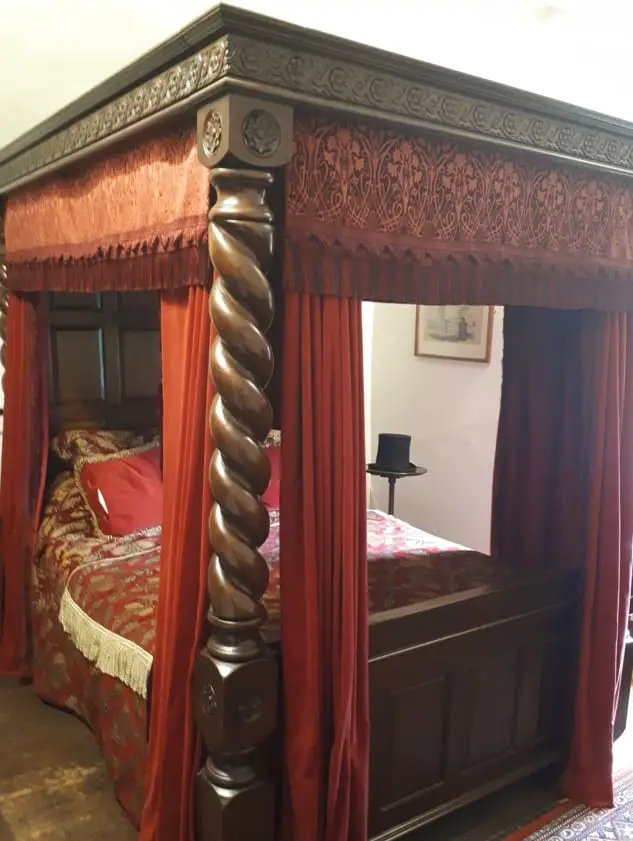The Anne Lister House, Shibden Hall, is open to visitors – see here the location, parking and interior which is still the family home Anne Lister would recognise.
300 years (1615–1926) the Shibden estate was owned by the Lister family, the most famous resident being ‘Gentleman Jack’ Anne Lister (1791–1840), who became sole owner of Shibden Hall and the Shibden Estate after the death of her aunt.
Contents
The Anne Lister House – Shibden Hall Opening Times
Shibden Hall Opening Times March to October
Monday to Friday 10am to 5pm
Saturday and Sunday 11am to 5pm
Is Shibden Hall open all year? No, Shibden Hall is open from 1 March to 30 October, but Shibden Park is open all year.
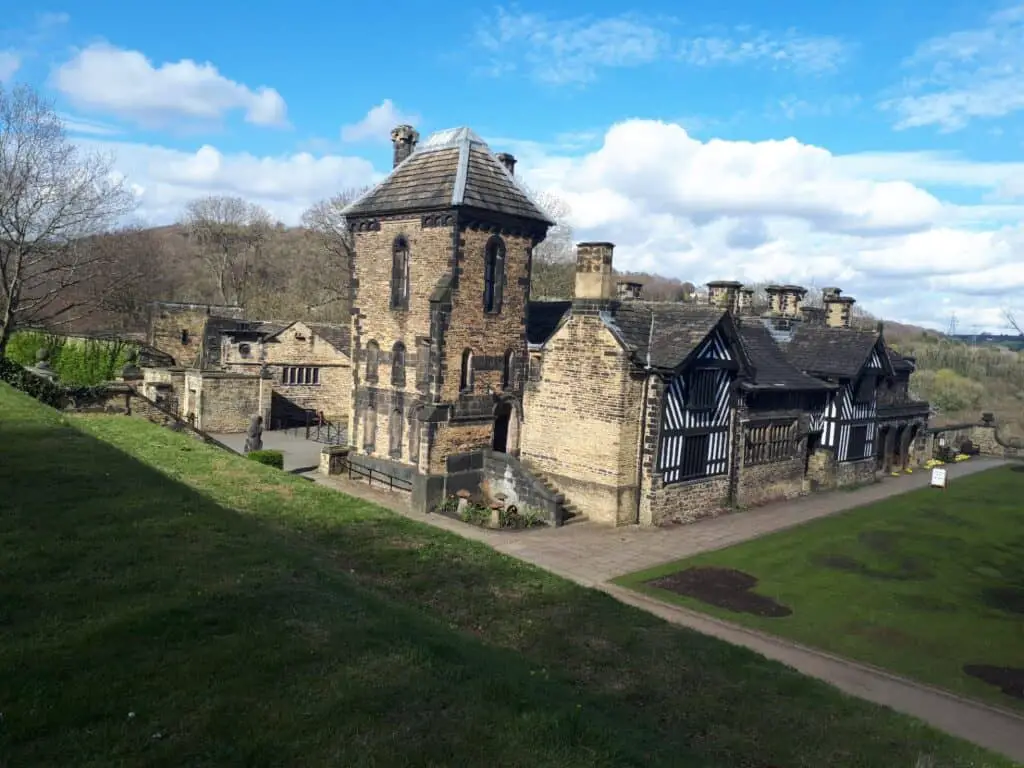
Shibden Hall Admission Prices
Shibden Hall Entrance Fees
Shibden Hall Admission: Adult £8.00
Shibden Hall Admission: Family Ticket £21.00 (2 adults and 2 children)
Shibden Hall Admission: Concessions £5.00 (5-16 years, over 65s, students and Passport to Leisure cardholders)
Shibden Hall Postcode
Shibden Hall Halifax HX3 6XG, England
Anne Lister’s House is set in the picturesque Shibden Valley. Shibden Hall is a mile from Halifax town centre and the iconic and vibrant central Piece Hall.
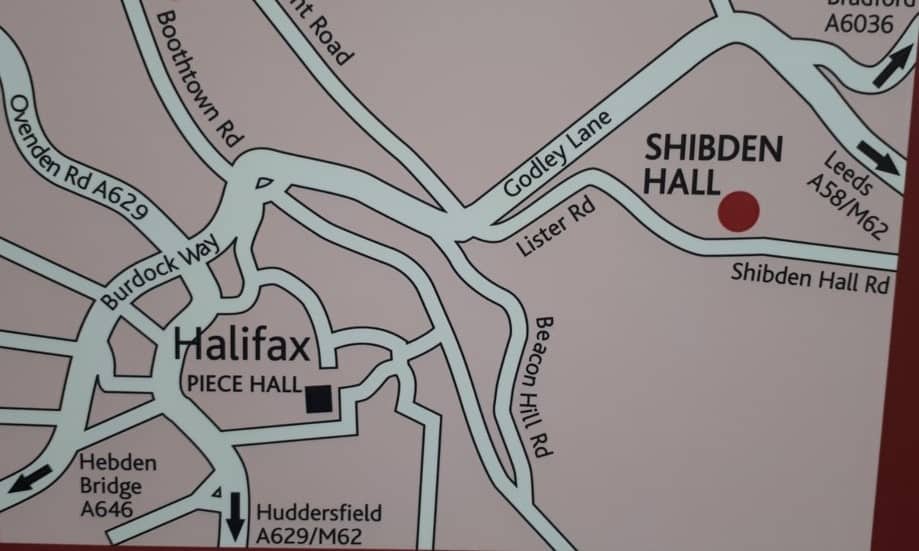
Shibden Hall Parking
Shibden Hall Top Car Park, Shibden Hall Road, HX3 7XA – located in the grounds of Shibden Hall. Pay and display charging times are 9am to 6pm in summer and 9am to 5pm in winter. 50p for up to 1 hour, £1 for 2 hours and £1.50 for over 2 hours. The machines take coins, and also APOCA cashless payment for iphone and android is available. There are 27 car parking spaces at this upper car park.
There is also a free 30-metre long parking layby, 200 metres up the road – in the town centre direction.
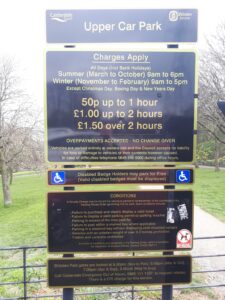
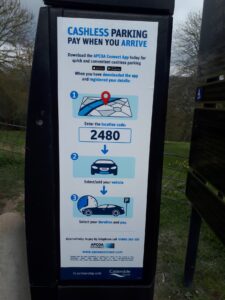
Shibden Hall Disabled Parking
For disabled parking for Shibden Hall, enter the Upper Car Park, sat-nav HX3 7XA (top car park) then follow the signs down the short driveway to the museum car park which is next to a row of toilets and Shibden Hall.
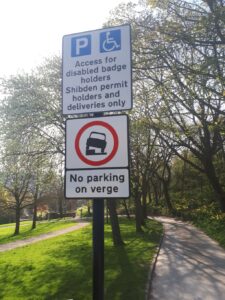
Shibden Hall Accessibility
Due to the historic nature of the building, accessibility is limited – there is restricted access for wheelchair users – only to the ground floor.
Upon arrival, ring the bell on the right as you enter the courtyard for level access into the Hall. A member of staff will then greet you and show you the access route.
Shibden Hall offers free admission to all carers of individuals with disabilities.
Shibden Park Mereside Car Park
Shibden Mereside Car Park is located off the A58 Leeds Road (Godley Lane), sat-nav Red Beck Road HX3 6XL. Mereside Car Park is most convenient for Shibden Park Boating Lake and Shibden Mereside Cafe and the Shibden Park Miniature Railway. Shibden Park Mereside Car Park is also known as the Bottom Car Park.
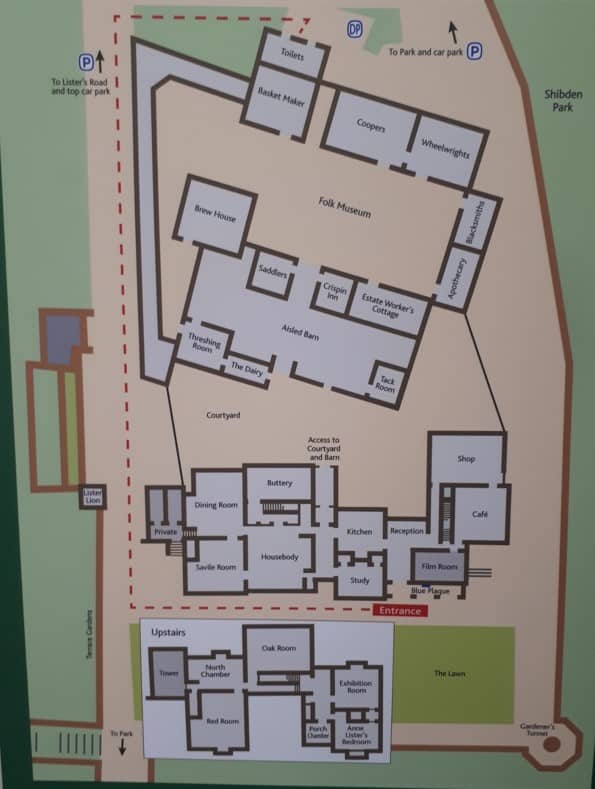
Inside Shibden Hall – The Anne Lister House
You will find the visitors’ reception entrance to Shibden Hall and Anne Lister’s blue plaque at the front of the property. Read on to discover what is in each room and area of Shibden Hall, Anne Lister’s home from 1815 to 1840.
Shibden Hall’s architecture is a mix of styles, reflecting its varied history, especially Anne Lister’s
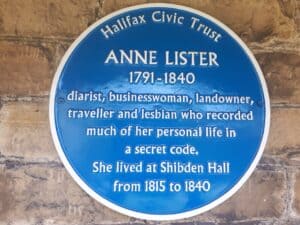
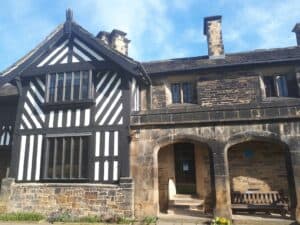
Entrance door to Shibden Hall
The Anne Lister House – Inside Shibden Hall – The Kitchen
According to an entry of 27, July 1822 of Anne Lister’s diaries, we are aware of the type of food the family ate, “Veal cutlets, cold duck, potatoes, currant tart and strawberries.”
Shibden Hall’s kitchen is dominated by a stone fireplace hearth installed by the Waterhouse family in 1560. From that time until the early 1800s, all meals for Shibden hall’s inhabitants would have been cooked on that fire – there is a large clockwork spit for turning the meat.

The roasting dog on the right of the fireplace was used for skewered meat. To the left of the fireplace, there is a flat-headed broiler/grill salamander for browning bread and cakes.
Various food ingredients were cooked in the cauldron in separate containers, with waffles and wafers heated on the irons.
By the 1830s, in Anne Lister’s time, kitchen duties had moved to the new servants’ quarters, to an area now used as the cafe. The preparing and cooking of food would have taken place in the kitchen, with ingredients stored in the buttery.
The Anne Lister House – Inside Shibden Hall – Anne Lister’s Study
Most of the books currently on display were bought by Dr.John Lister (1802-1867) and John Lister (1847-1933). The books are an eclectic selection including works of Shakespeare and Daniel Defoe, the author of Robinson Crusoe and Moll Flanders.
The portrait in the study is believed to be that of Reverend John Lister (1703-1759) who inherited the estate in 1729. However, Reverend Lister died in a hunting accident, passing the estate to his brothers James, Samuel, and Jeremy – Anne Lister’s grandfather.
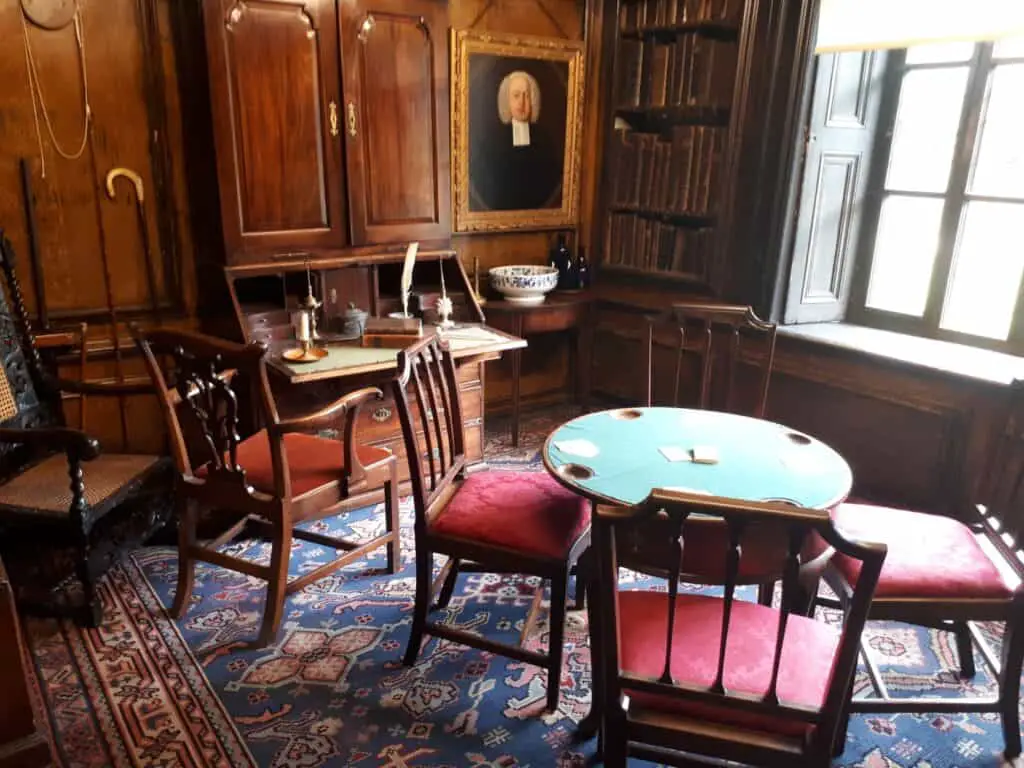
The barometer in the study was made by Braithwaite of Halifax. William Braithwaite is listed in Edwin Banfield’s book Barometer Makers and Retailers 1660–1900 – Banfield lists Braithwaite’s working dates as 1815-35. Anne Lister lived at Shibden Hall from 1815 to 1840.
The Anne Lister House – Inside Shibden Hall – The Housebody
The Housebody is the heart of Shibden Hall – in the 15th century both the cooking and eating would have taken place in the room, with the family sitting on a raised platform called a dais – a raised portion of the floor at the end of the medieval hall, where the head of the mansion dined with his family and friends at the high table, apart from the retainers and servants.
The Housebody was originally open to the roof, as it is today, but in the 17th century, a meat store was installed in a false ceiling chamber that was used for curing meat using smoke from the fireplace. However, this was removed by Anne Lister to raise the height of the room and she also added the grand carved staircase and the stone fireplace Anne Lister designed and decorated in the “Jacobethan” style that was highly popular in the early 1800s.
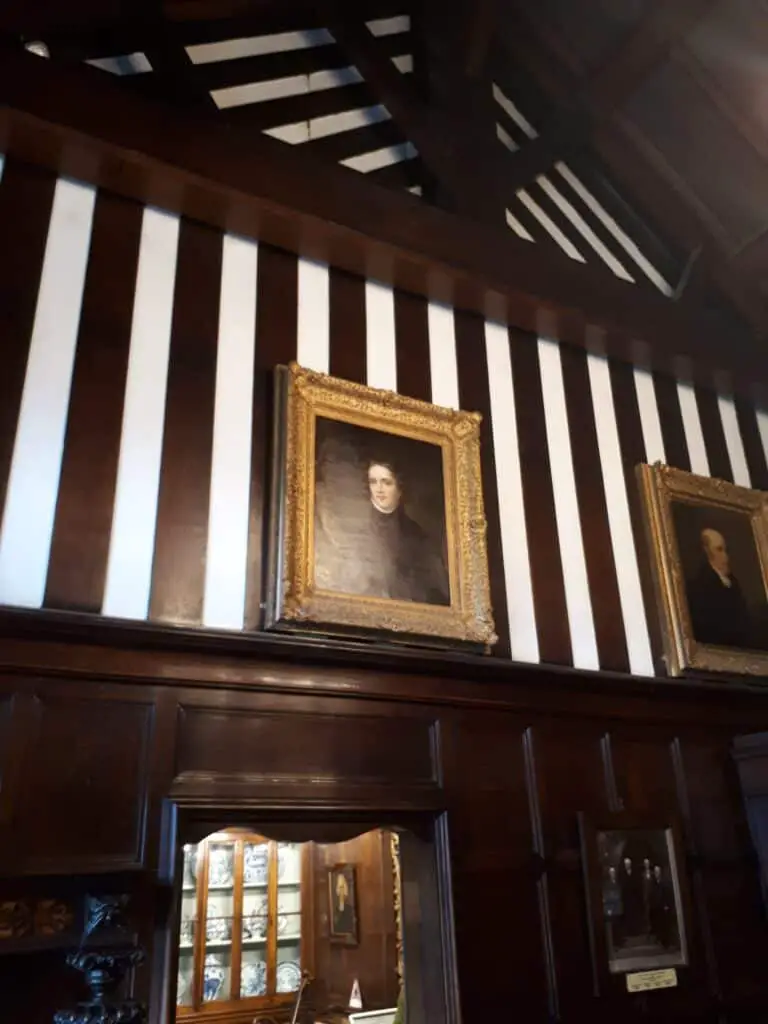
In the Housebody of Shibden Hall, opposite the fireplace are portraits of Anne Lister, Uncle James Lister (1748-1826) and her Aunt Anne (1765-1836). James lived at Shibden Hall with his sister Anne and they were later joined by their niece Anne Lister in 1815 who would later inherit Shibden. It is believed this painting was completed after his death in 1826 by Joshua Horner (1812-1881).
There are examples of Anne Lister’s diary entries on the impressive oak table.
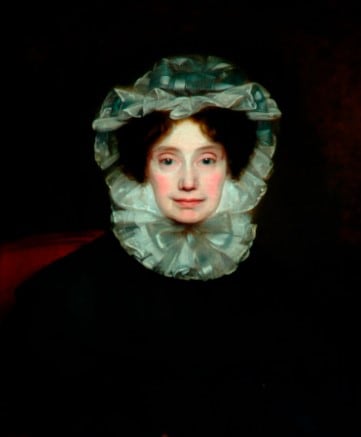
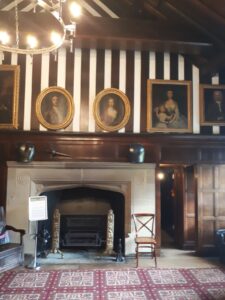
installed by Anne Lister
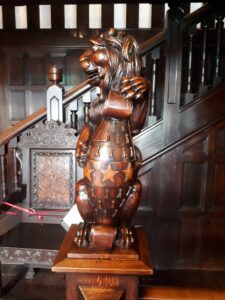
of the Lister Crest
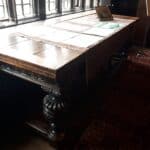
Shibden Hall
The magnificent oak table beneath the mullioned window was constructed inside the Housebody of Shibden Hall. The exact date is not known but it is listed as being in this room in 1677.
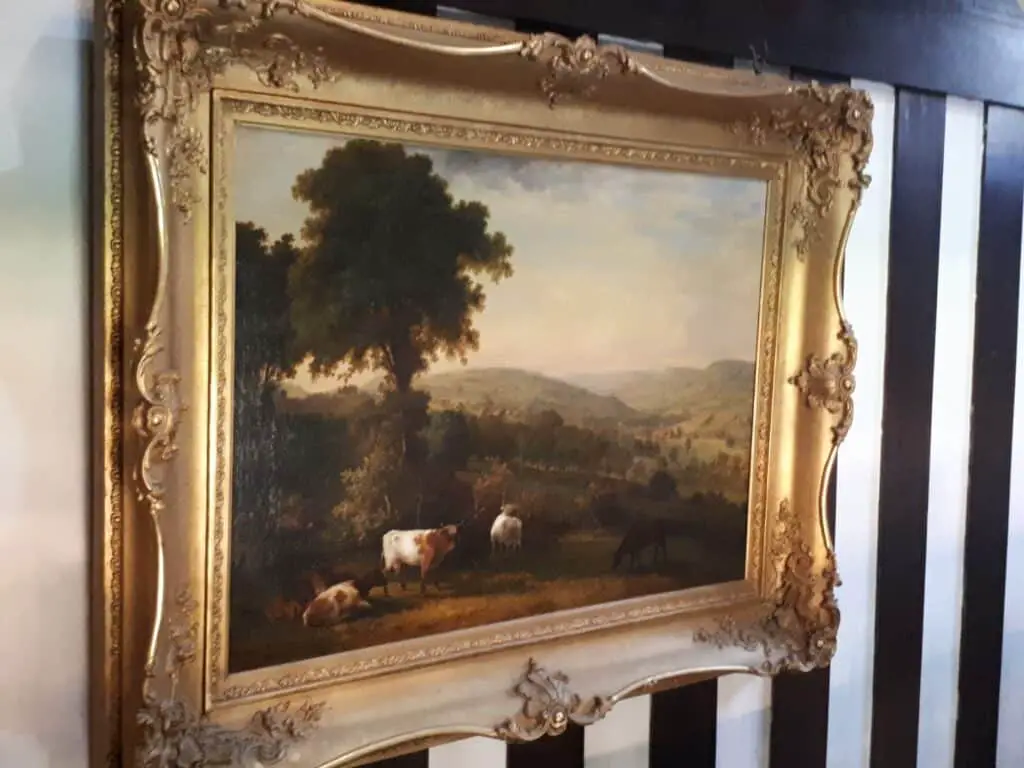
Anne Lister recorded in her diary offering to commission a portrait of her sister, Marian. However, Marian Lister did not want to sit for it. Instead, Anne Lister gifted to Marian in 1833, the ‘Shibden Dale’ painting of the Shibden Valley by John Horner (1784-1867). John Horner was based in Halifax and described himself as a Drawing Master and Painter. Marian’s View (‘Shibden Dale’) can be seen hanging on the staircase wall of the Housebody of Shibden Hall.
The Anne Lister House – Inside Shibden Hall – The Savile Room: The Anne Lister House Withdrawing Room
The Anne Lister House Withdrawing Room was extensively created from an existing room by Anne Lister who installed the wall panelling, enlarged the window and lowered the level of the floor to create a Withdrawing Room used for music and needlework by herself and Ann Walker, her lover and wife.
Shibden Hall’s Withdrawing Room’s piano, built in 1769, is one of the oldest square pianos in existence.
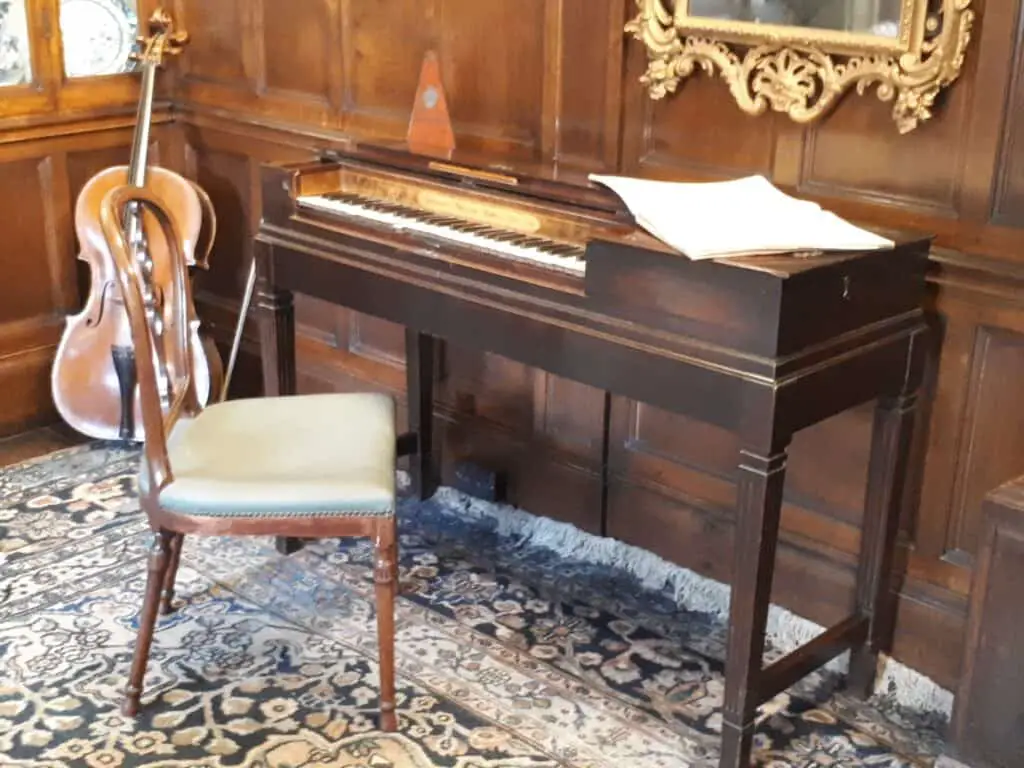
Built 1769 by Johannes Pohlmann of London
Anne Lister enjoyed music and proficiently played the piano and flute. An entry in her music book on display at Shibden Hall states ‘ Flute 3/4 hour before and during supper’ May 1817.
The large display cabinet holds a selection of 1600s blue and white ceramics which were popular to collect in Anne Lister’s time. The tea service on the table is from the 1830s. The clock is by the unrelated Thomas Lister (1717-1729) of Halifax. Behind Anne Lister’s 1800s panelling and fireplace is a much larger Tudor period (1485-1603) fireplace.
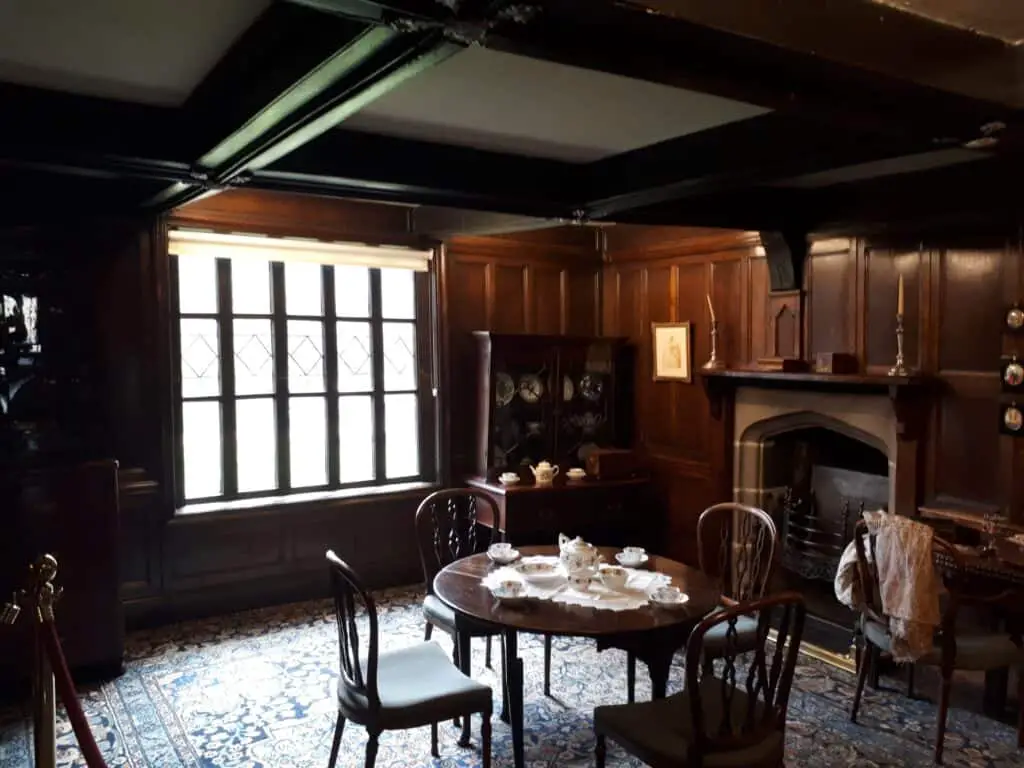
The Withdrawing Room in Anne Lister’s House – re-designed by Anne and subsequently enjoyed by Anne Lister and Ann Walker
The Anne Lister House – Inside Shibden Hall – The Dining Room
During the filming of the BBC/HBO drama Gentleman Jack, this room was used for dining room scenes, but dressed with curtains and an artificial fire.
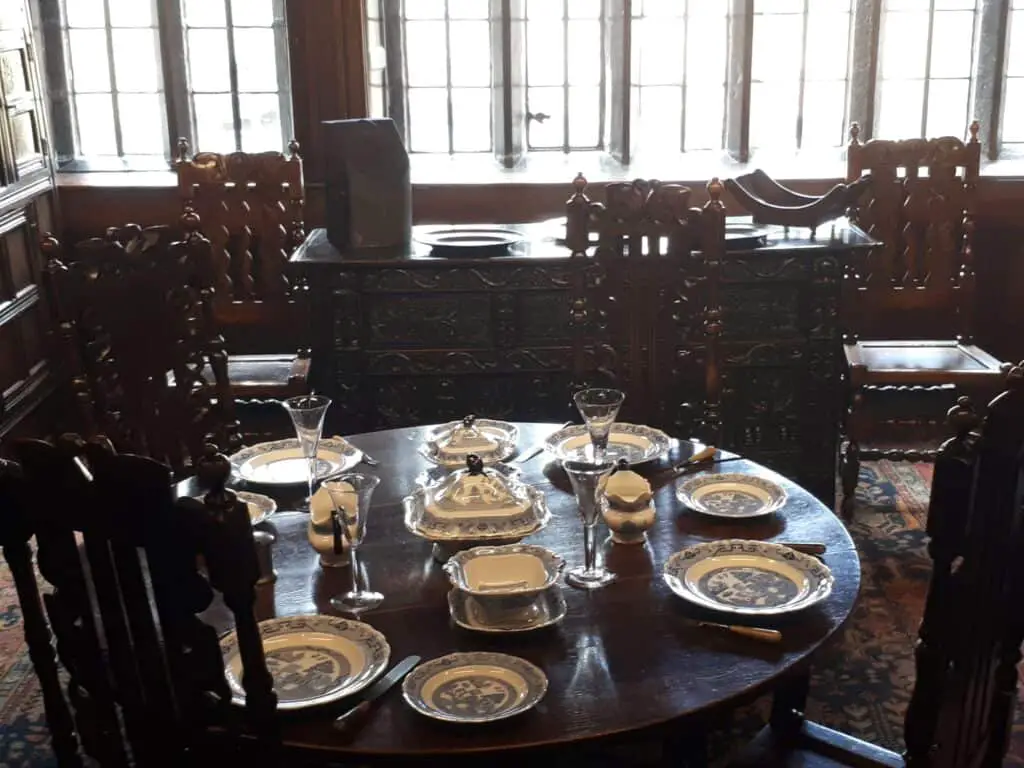
In the corner of the room is a door to the Tower Extension, added by Anne Lister in the 1830s with her library housed upstairs.
The Anne Lister House – Inside Shibden Hall – The Buttery
The buttery, a large extension for food and drink storage to the rear of the hall was built in 1590 by the Waterhouse family. This addition when first constructed squared off the ‘H’ shape of the original building of 1420.
Beneath the floor are Shibden Hall’s oldest cellars, as well as a passage from outside the Housebody to the base of Anne Lister’s addition of the Tower. The passageways were to keep the servants out of sight of the Lister family and their guests.
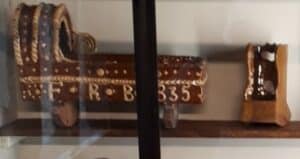
The display case in the buttery contains various examples of Yorkshire slipware, made of baked and glazed local clay – Yorkshire slipware is sometimes referred to as peasant pottery rather than industrial.
The Anne Lister House – Inside Shibden Hall -The North Chamber
The furniture in this bedroom date from the 1600s – the ‘tester bed’ has a solid roof to keep in the warmth.
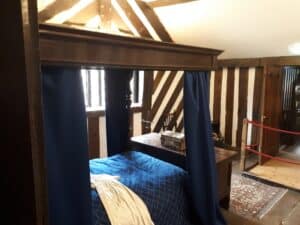
The edge of the walkway marks the panelled walls that Anne Lister installed to make this bedroom more private. Anne Lister also installed a door to the second floor of the Tower to enable easy access to her library.
There’s a small closet by the window that was adapted to fit a flushing toilet for the visit of King George V and Queen Elizebeth in 1937.
The Anne Lister House – Inside Shibden Hall – The Red Room
This room in the Anne Lister House was the bedroom used by Anne Lister and Ann Walker. There is a door to the right of the fireplace that led to the Powder Closet. They had a ‘marriage’ ceremony in York and in their eyes were husband and wife.
The main item is the carved oak ‘tester bed’ with the mattress supported by ropes, visible from the end of the bed. Ensuring these ropes were tight enough to support those in bed gave rise to the saying ‘good night, sleep tight.’ Later, it is believed they moved bedrooms to their newly designed Tented Room.
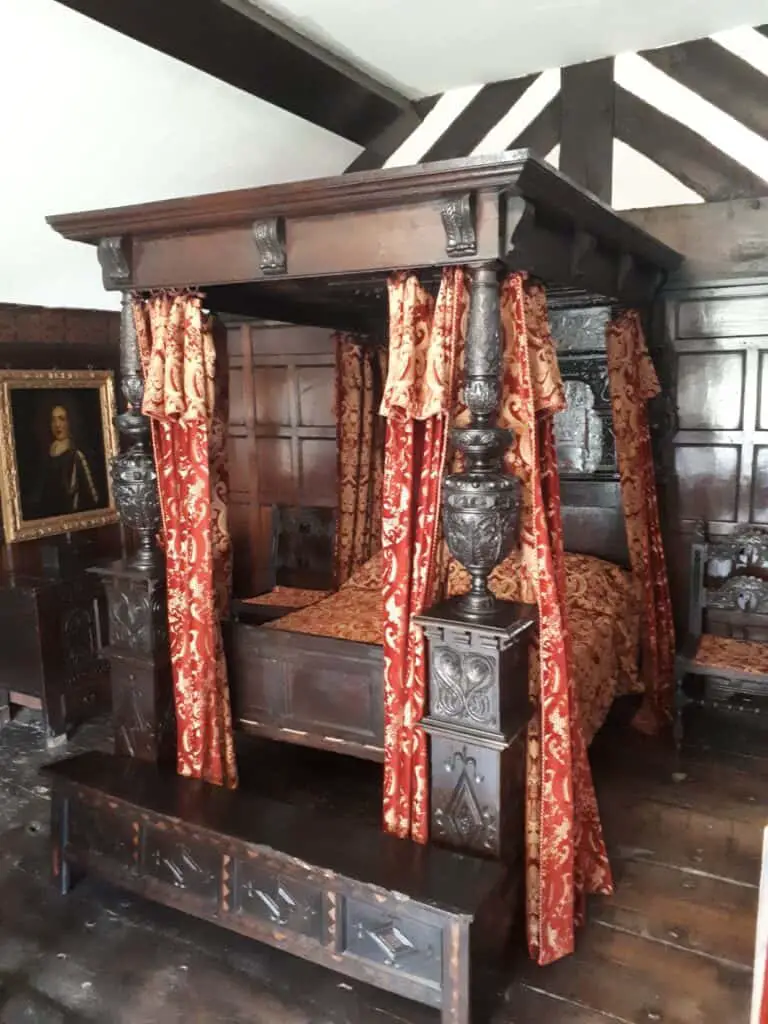
The tester bed in the bedroom used by Anne Lister and Ann Walker
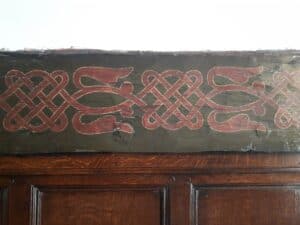
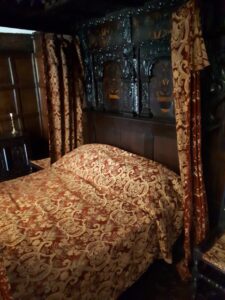
with suspended mattress
The Red Room is so-called because of the decorative red frieze running along the top of the bedroom walls.
The Anne Lister House – Inside Shibden Hall- The Tower
After the deaths of her Aunt Anne and her father in 1836, Anne Lister put her focus on managing and improving Shibden Hall and Estate, leaving behind for posterity a great number of changes and developments influenced by the Gothic fashion of the time – the Anne Lister House.
The three-storey Tower on the west side is one of her major improvements, being intended to house her library, but she did not live to see it used as such, because she died on her travels in Russia with Ann Walker.
Initial alterations were complete by 1839, but Anne died in 1840 so she never got to see her totally completed Gothic Tower.
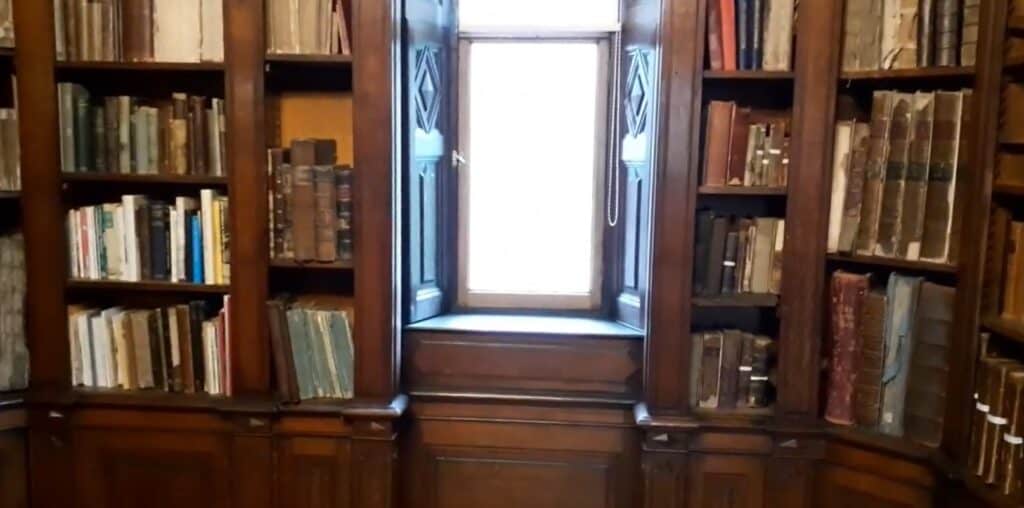
The Anne Lister House – Inside Shibden Hall – Anne Lister’s Bedroom
Despite grander rooms being available at Shibden Hall Anne Lister liked this bedroom for the garden views, the nearness to the servants’ quarters for convenience and the warmth as it has a south-facing location.
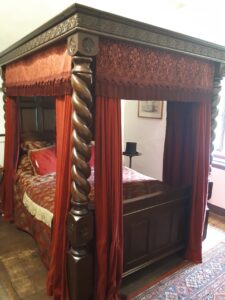
Originally the room had a low ceiling but in 1818, Anne Lister raised the ceiling and installed a bed with blue curtains – as recorded in her diaries. However, none of her original furniture from this room remains at the Hall.
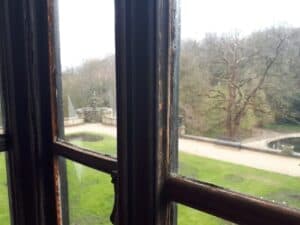
The Anne Lister House – Inside Shibden Hall – The Oak Bedroom
The Oak Bedroom was re-panelled by Anne Lister in the 1830s. The bed style is called a ‘four-poster bed’, as it is not an older, heavier ‘tester bed’ found in the Red Room.
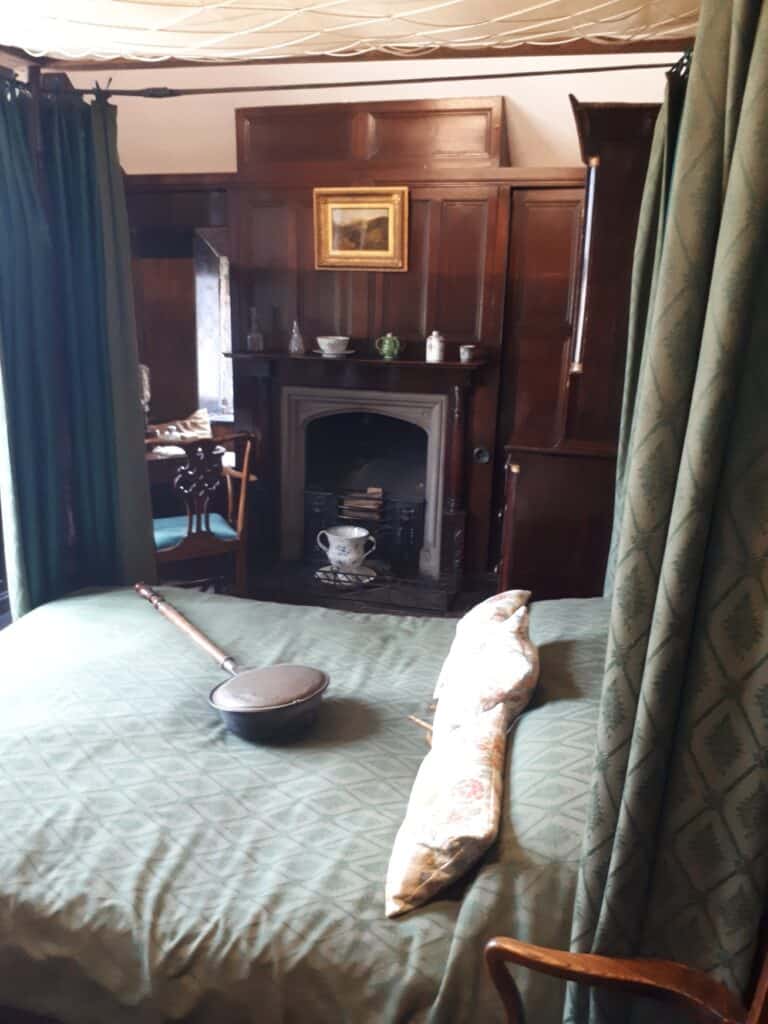
During the filming of BBC/HBOs Gentleman Jack, the Oak Room was used as Anne Lister’s Aunt Anne’s bedroom.
Inside Shibden Hall – The Porch Passage and Chamber – It’s Where Anne Lister’s diaries were Found
The Porch Chamber at the end of the passage or corridor is where Anne Lister’s diaries were discovered behind the panelling in this room.
Anne was extraordinarily free and easy about her sexuality and her numerous romantic encounters with women.
Anne Lister openly courted young women, many of whom seemed most willing to fall under her spell. Anne Lister was convinced that no one would ever be able to decode her crypthand, and her secret encounters were recorded for her enjoyment alone. She marked the number of her orgasms with an ‘X’.
John Lister, the last owner of Shibden Hall stumbled upon Anne’s hidden diaries in the late 1800s. After decoding some of her cryptic text, John Lister worked out the lustful content of her diary entries. He was advised to burn the evidence…
Thankfully, John Lister didn’t burn the diaries. Instead, the books remained hidden behind the dark wooden panelling of Shibden Hall for decades. After John Lister’s death in 1933, Shibden Hall was opened to the public, although the diaries were not made accessible.
Anne Lister was the 19th-century equivalent of a “butch” lesbian, and she became known to locals as ‘Gentleman Jack.’ Her lesbian lifestyle, however, was one of the best-kept secrets of her time.
As we are all aware now, she was wrong, they were deciphered and Anne Lister has become globally known and admired as the first modern lesbian.
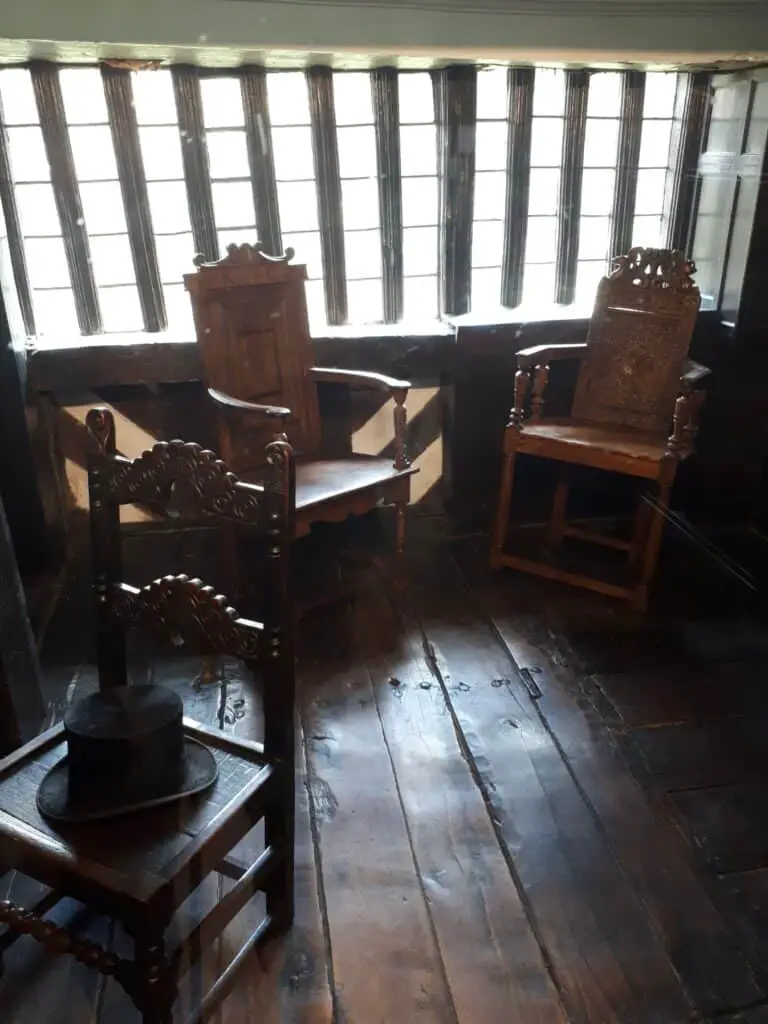
On the passage wall is Anne Lister’s funeral hatchment – this is a depiction within a black lozenge-shaped frame showing her heraldic heritage. It was hung outside Shibden hall for a year to inform people of her death.
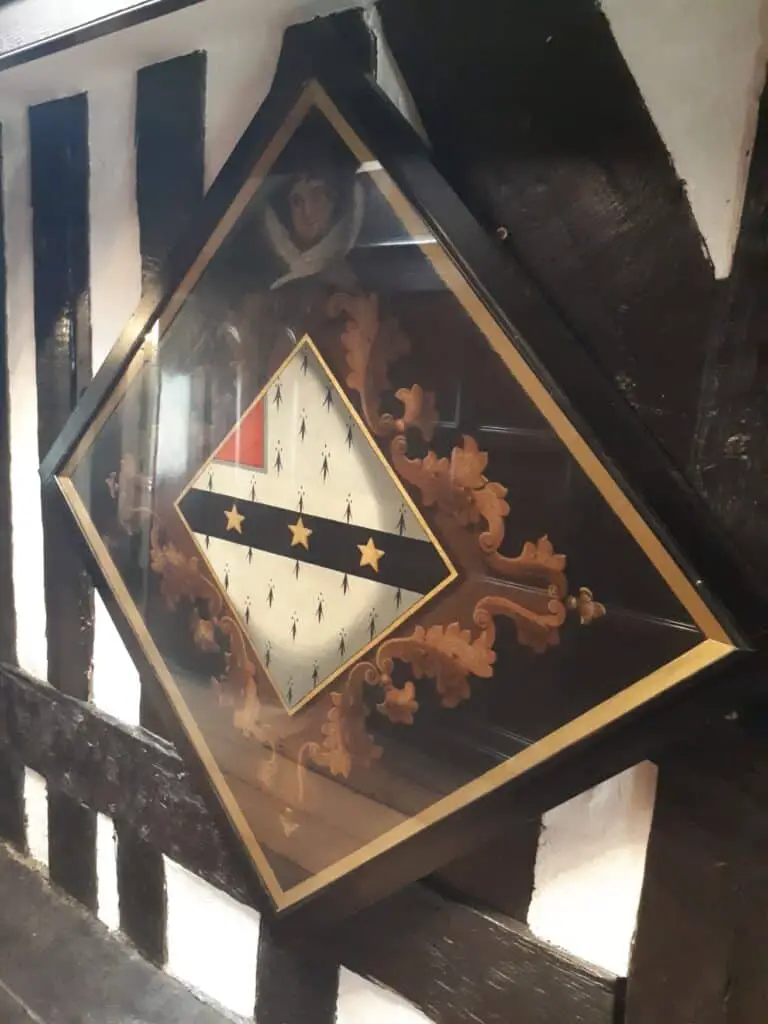
The Anne Lister House – Inside Shibden Hall – The Tented Bedroom
This room is currently the Exhibition Room, but is to undergo transformation to replicate Anne Lister’s Tented Bedroom. Anne Lister intended for the room next door to become a dressing room and this room to be her and Ann Walker’s bedroom. Her diary details moving hers and Ann Walker’s furniture into this room.

The Anne Lister House – Inside Shibden Hall – The Gift Shop
There is a selection of Gentleman Jack and Anne Lister merchandise and crafts for sale in the shop. Including a range of books on Anne Lister, Speight’s Shibden Valley Gin and Kate Lycett prints and cards.
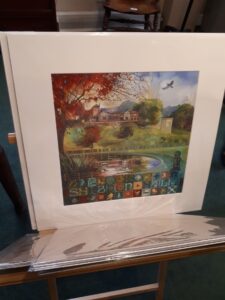
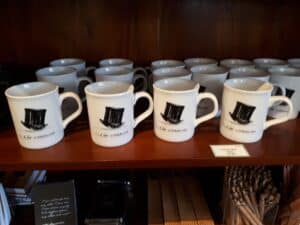
The Anne Lister House – Inside Shibden Hall – Shibden Hall Café
Inside Shibden Hall there is a small indoor café with a limited selection. Should you desire a wider choice there’s a modern café with hot and cold meals, ice creams, snacks and great coffee by the boating lake in the Shibden Park grounds – The Mereside Café
The Anne Lister House – Inside Shibden Hall – Shibden Hall Film Room
The Film Room is set out with seating to watch an informative video loop with audio and subtitle text. Halifax-born historian Helena Whitbread rediscovered them and spent six years deciphering Anne’s code and transcribing some of the entries.
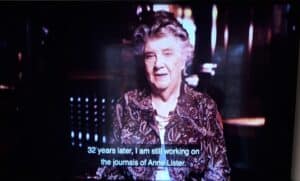
Helena Whitbread – decoded Anne Lister’s Diaries
The Anne Lister House – Where is the Sculpture of Anne Lister?
The statue of Anne Lister – Gentleman Jack – is in the magnificent courtyard of The Piece Hall, only 1.6 miles away by car. Follow this link for more information
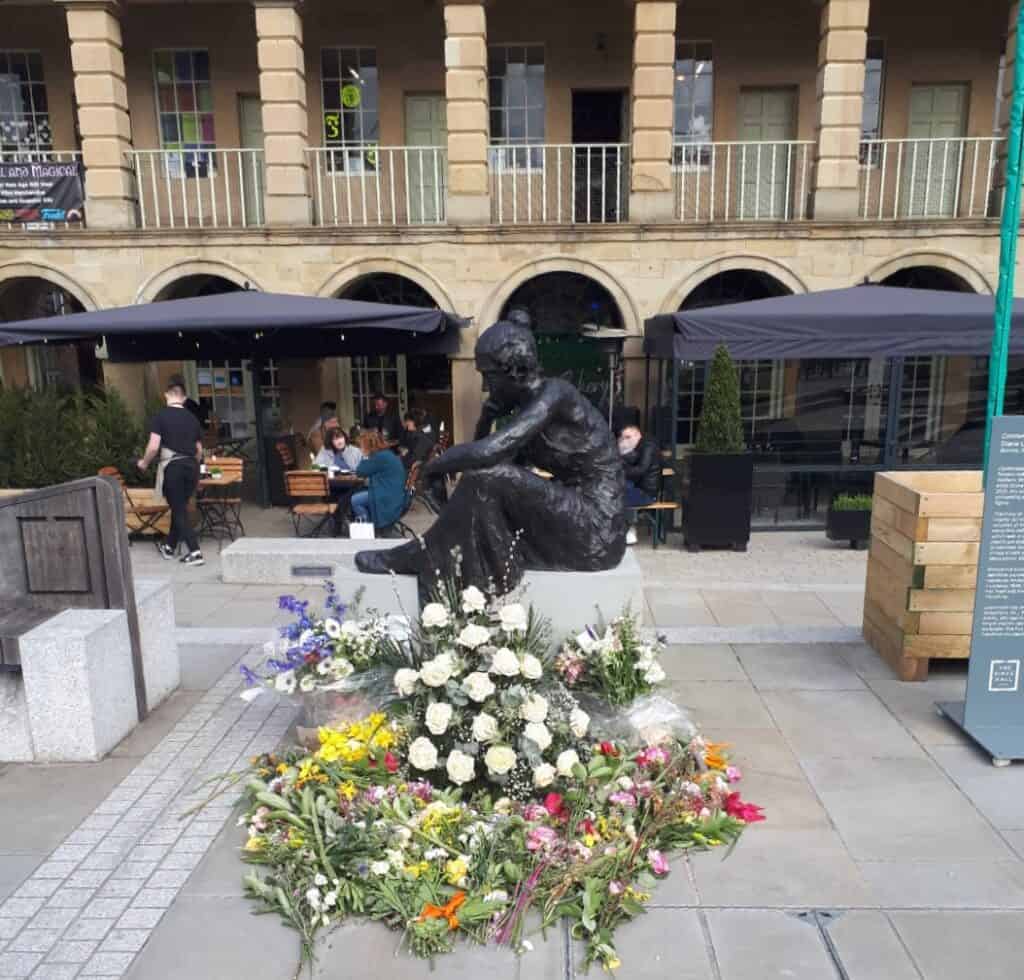
Shibden Hall’s Owners and Residents Including Anne Lister
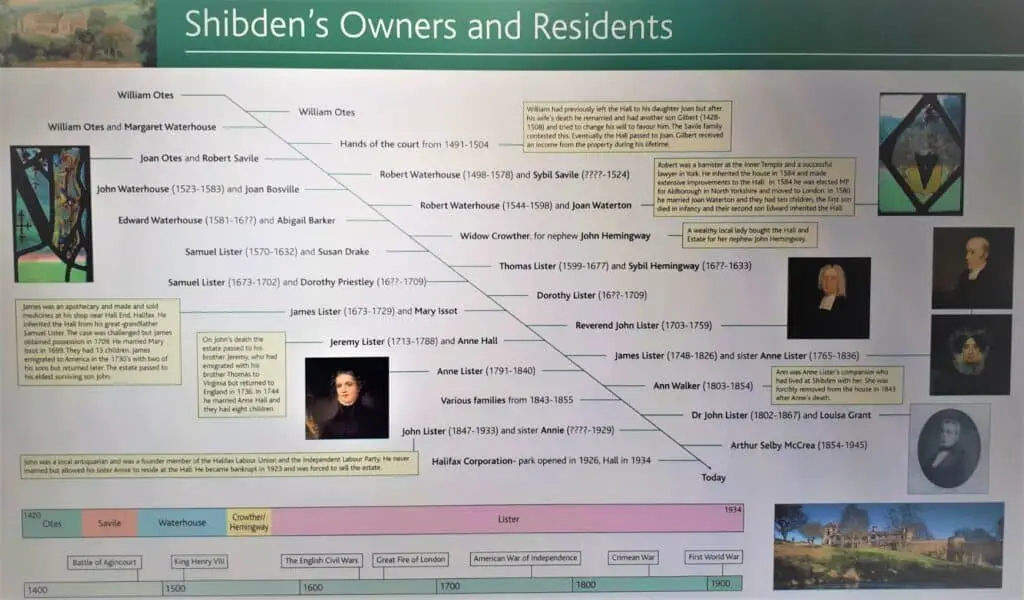
Anne Lister’s Family Tree
Anne Lister’s family tree – Anne Lister can be seen noted in the diagram below as Anne, Miss Lister of Shibden Hall born in 1791, died 1840, and buried in 1841.
Anne Lister died whilst on her travels with Ann Walker on 22 September 1840, aged 49. Anne Lister died of a fever at Koutais (now Kutaisi in Georgia). Ann Walker had Anne Lister’s body brought back to England, where she was buried at Halifax Minster on 29 April 1841. her tombstone was covered by a floor in 1879 and rediscovered in 2000.
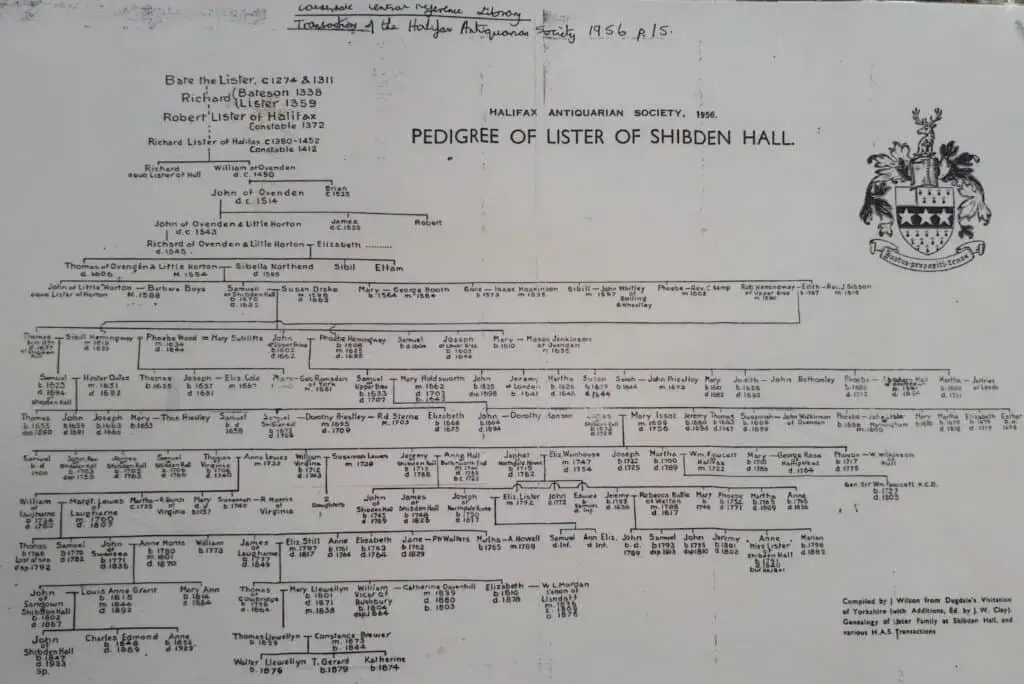
The Anne Lister House – Who owns Shibden Hall?
The current owner is Calderdale Council – Shibden Hall passed into the ownership of Halifax Corporation in 1933 after the death of John Lister (1847-1933) a descendent of Anne’s named heirs, who suffered a crushing financial blow in his later years – and everything was left in the house when it was handed over.
John Lister’s good friend – Halifax councillor and wealthy industrialist Arthur Selby McCrea stepped in to help, buying 90 acres of parkland from the estate which he then presented back to the people of Halifax as a public park – Shibden Park.
Shibden Park was opened in 1926 by the then-Prince of Wales – whom John Lister mistook for a newspaper reporter.
Arthur McCrea also purchased the legal ‘reversion’ of Shibden Hall which allowed John Lister and his sister Anne to stay there until their deaths.
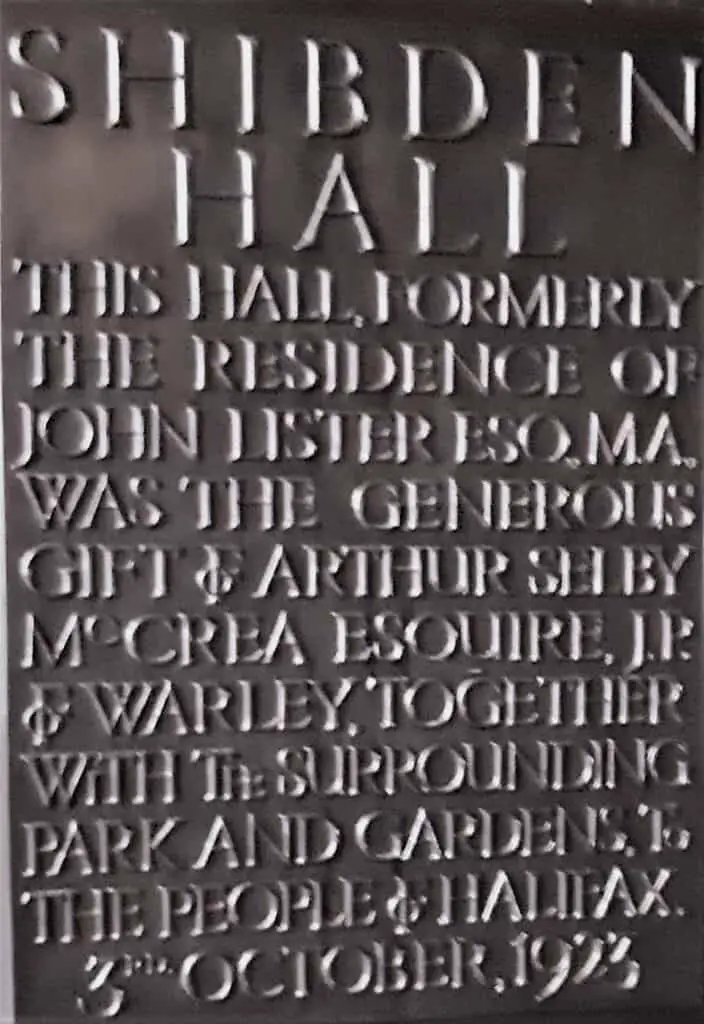
It was John Lister M.A. who found the diaries and who initially cracked the code in Anne’s diaries but was so shocked he hid them behind a wooden panel, and they were not re-discovered until the 1980s.
Summary – The Anne Lister House – Shibden Hall
- Anne Lister’s House was Shibden Hall in Halifax, Yorkshire, England
- The nearest car park to enter the Shibden Hall building is Shibden Hall Upper Car Park, Shibden Hall Road, HX3 7XA
- Anne Lister was also known as Gentleman Jack and was often found dressed in black and wearing trousers
- Anne Lister has become known as the first modern lesbian
- Anne Lister lived from 1791 to 1840 and became the sole owner of Shibden Hall and the Shibden Estate after the death of her Aunt Anne
- Shibden Hall – the Anne Lister House – is open from March to October; the estate, known as Shibden Park, is open all year
- Shibden Hall entry admission fees are Adults £8 and Concessions £5
- Shibden Hall opening times are Monday to Friday 10am to 5pm and on weekends 11am to 5pm
- We have described each room at Shibden Hall and its individual history
- Shibden Hall – the Anne Lister House – dates from 1420. Throughout the centuries it has had many additions including Anne Lister’s Gothic Tower for the library, her changes to the Housebody, the Withdrawing Room, several bedrooms, and tunnels to keep the servants from view
- Anne Lister played the piano and flute
- Anne Lister’s piano made in 1769, is one of the oldest square pianos in existence and it can be seen in Shibden Hall’s Withdrawing Room
- Anne Lister’s diaries were discovered in the Porch Chamber an upstairs room at Shibden Hall – behind the panelling
- John Lister, the last owner of Shibden Hall, found Anne Lister’s hidden diaries in the late 1800s. He decoded some of her code text, learned about her numerous romantic encounters with women and worked out the lustful and explicit content of her diary entries
- Halifax-born historian Helena Whitbread rediscovered Anne Lister’s and spent six years deciphering Anne’s code
- Examples of Anne Lister’s diaries are on show at Shibden Hall
- Helena Whitbread – decoded Anne Lister’s Diaries
- Accessibility is limited to the ground floor only for wheelchair users
- Shibden Hall – The Anne Lister House – is just one element of the Anne Lister story – see our Essential Guide to Anne Lister Gentleman Jack of Shibden Hall Halifax
- For other places of interest to visit in Halifax see our Best Visit Halifax Guide and Things to do in Halifax
- For information on the Shibden Hall Folk museum including information on Anne Lister’s Horses and their names see our post on the Shibden Hall Museum
- Shibden Hall is a focus for the annual Anne Lister Birthday Festival Week
- Within the grounds of Shidben Hall is the Anne Lister Monument, a place of pilgrimage for many. For more information, location and photos see our information here
Where to Stay or eat and drink in Shibden with Anne Lister Connections
Whether you are just looking for a quick drink or coffee, a leisurely lunch or quality dinner, or want to stay over in a boutique room or the Anne Lister suite, take a look at our article on the Shibden Mill Inn here. The Shibden Mill Inn has been in the ownership of both the Lister family and the Walker family and is less than a 2-mile journey by car or taxi.

